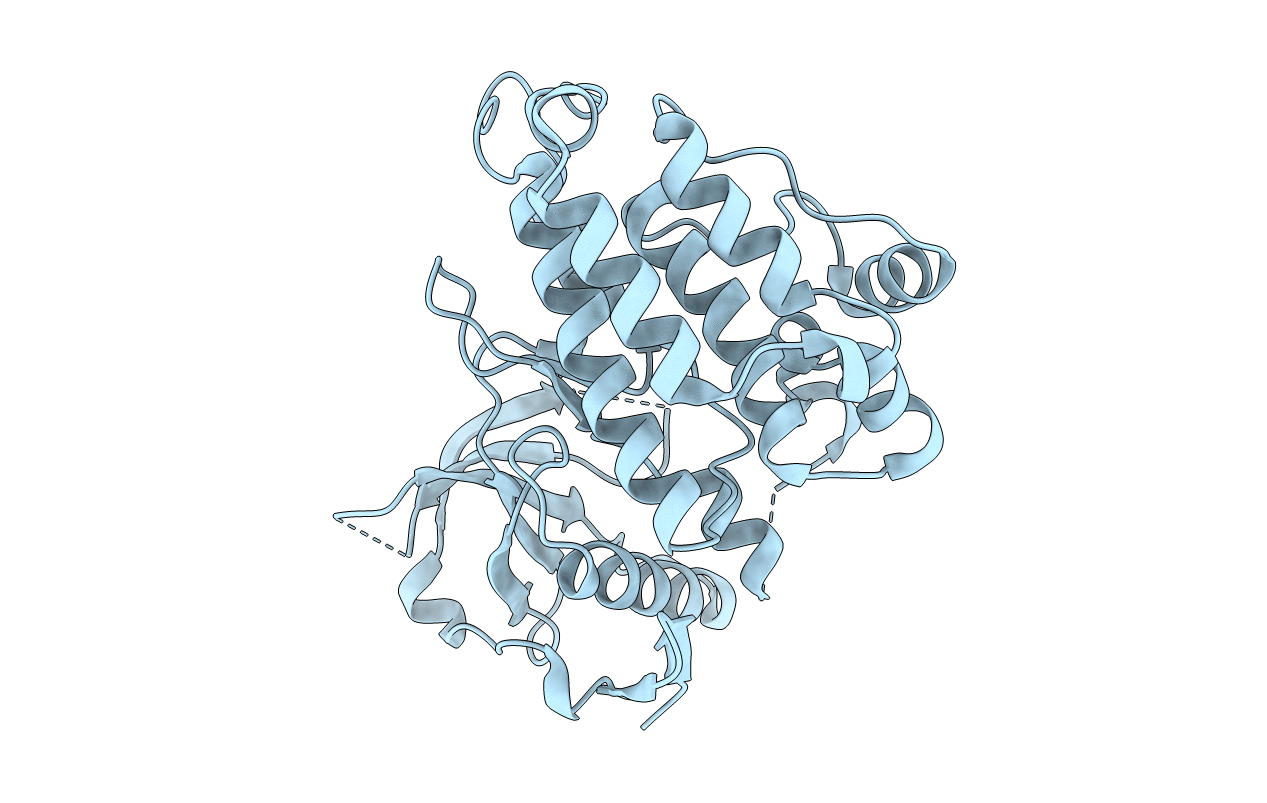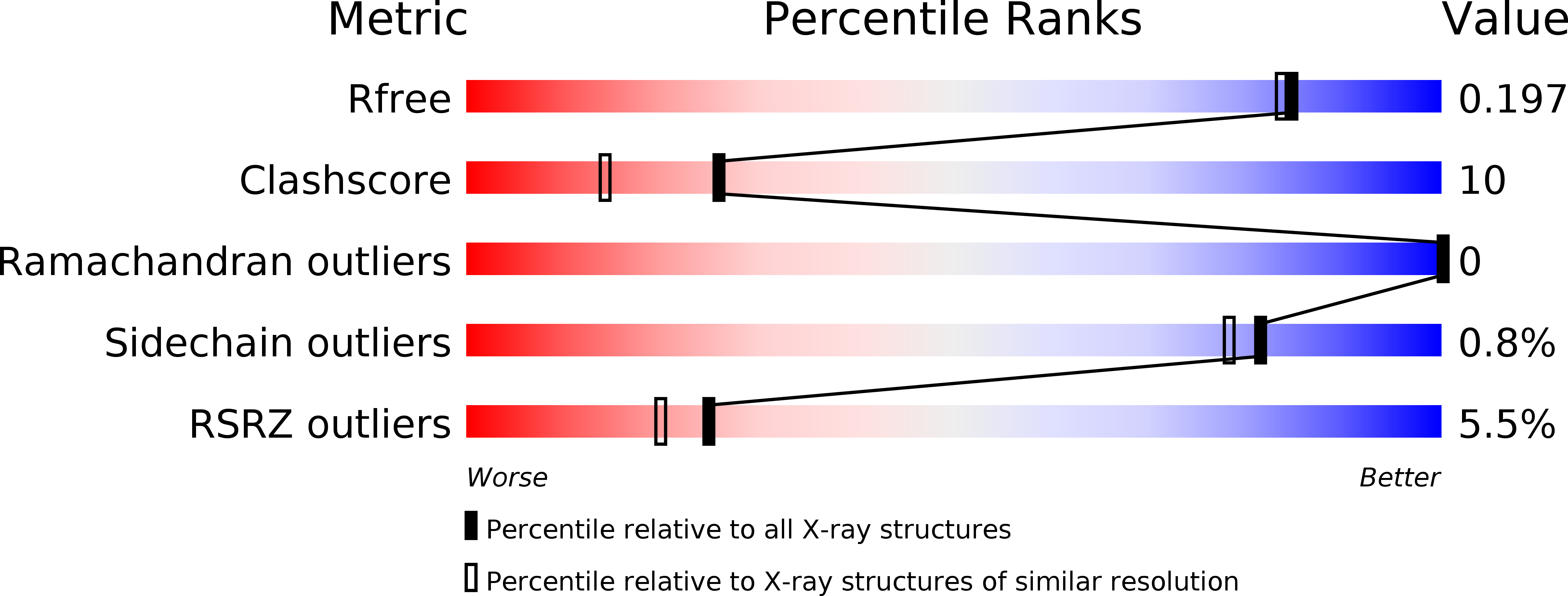
Deposition Date
2018-02-09
Release Date
2019-02-20
Last Version Date
2023-10-04
Method Details:
Experimental Method:
Resolution:
1.80 Å
R-Value Free:
0.22
R-Value Work:
0.19
R-Value Observed:
0.19
Space Group:
P 21 21 21


